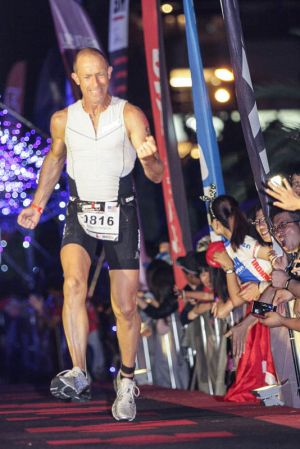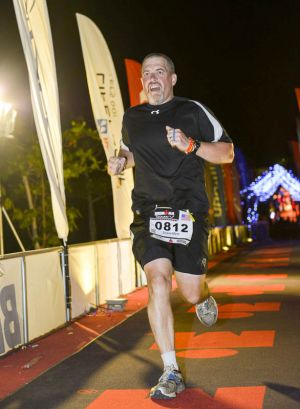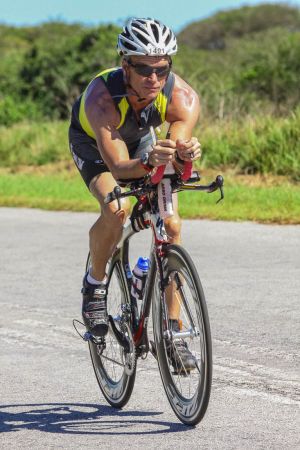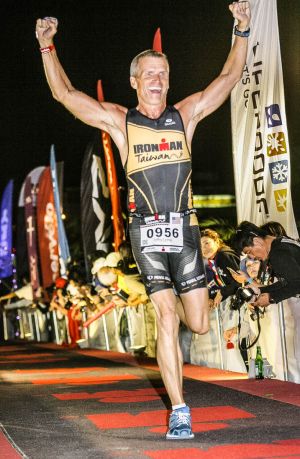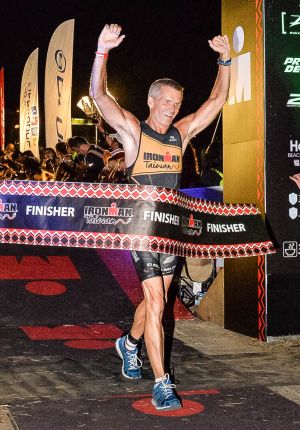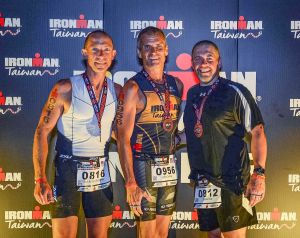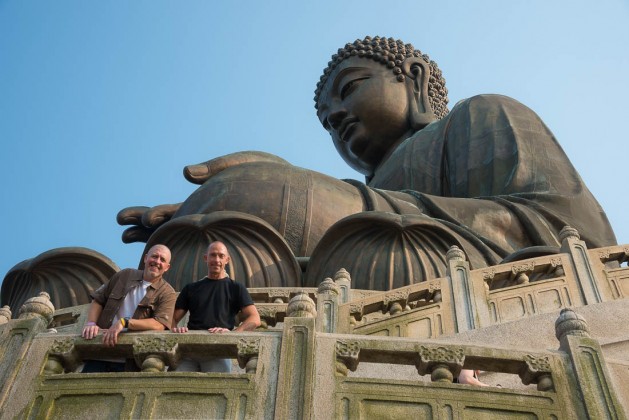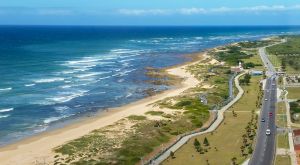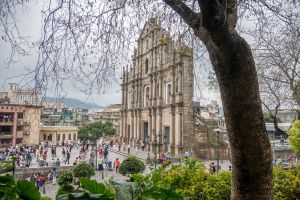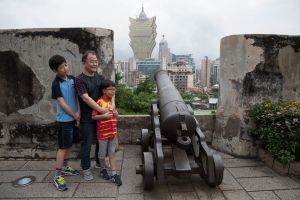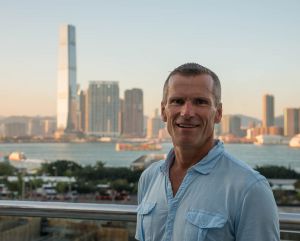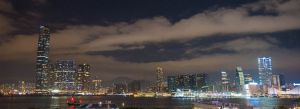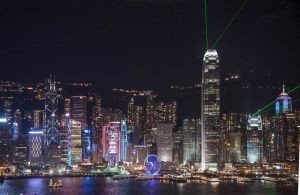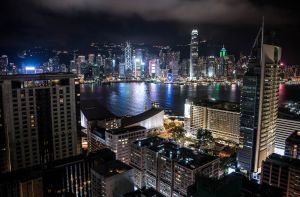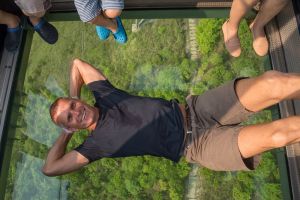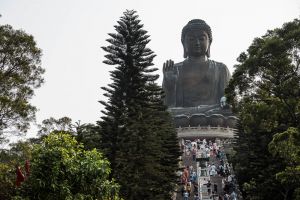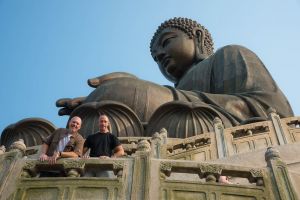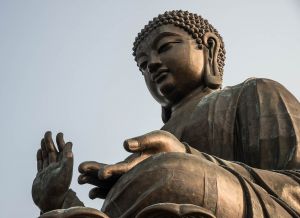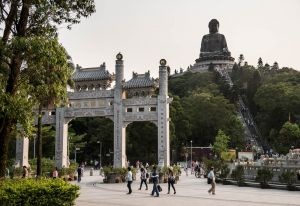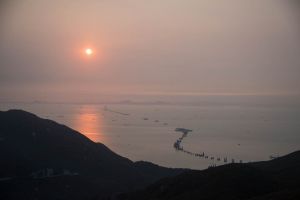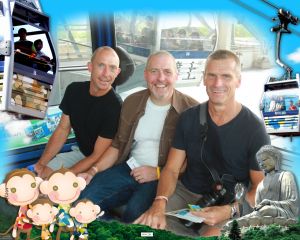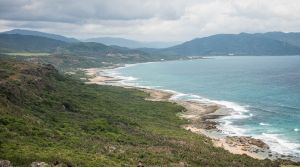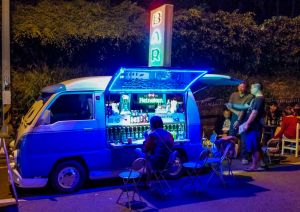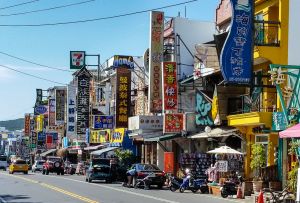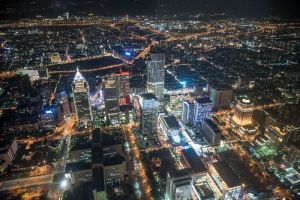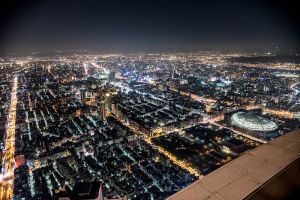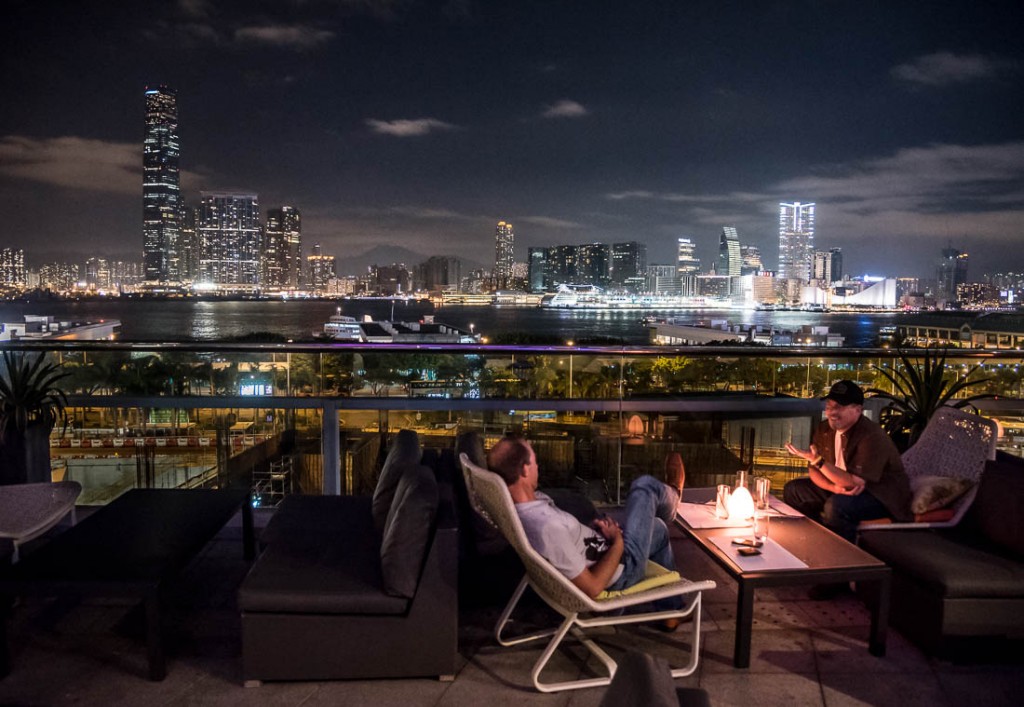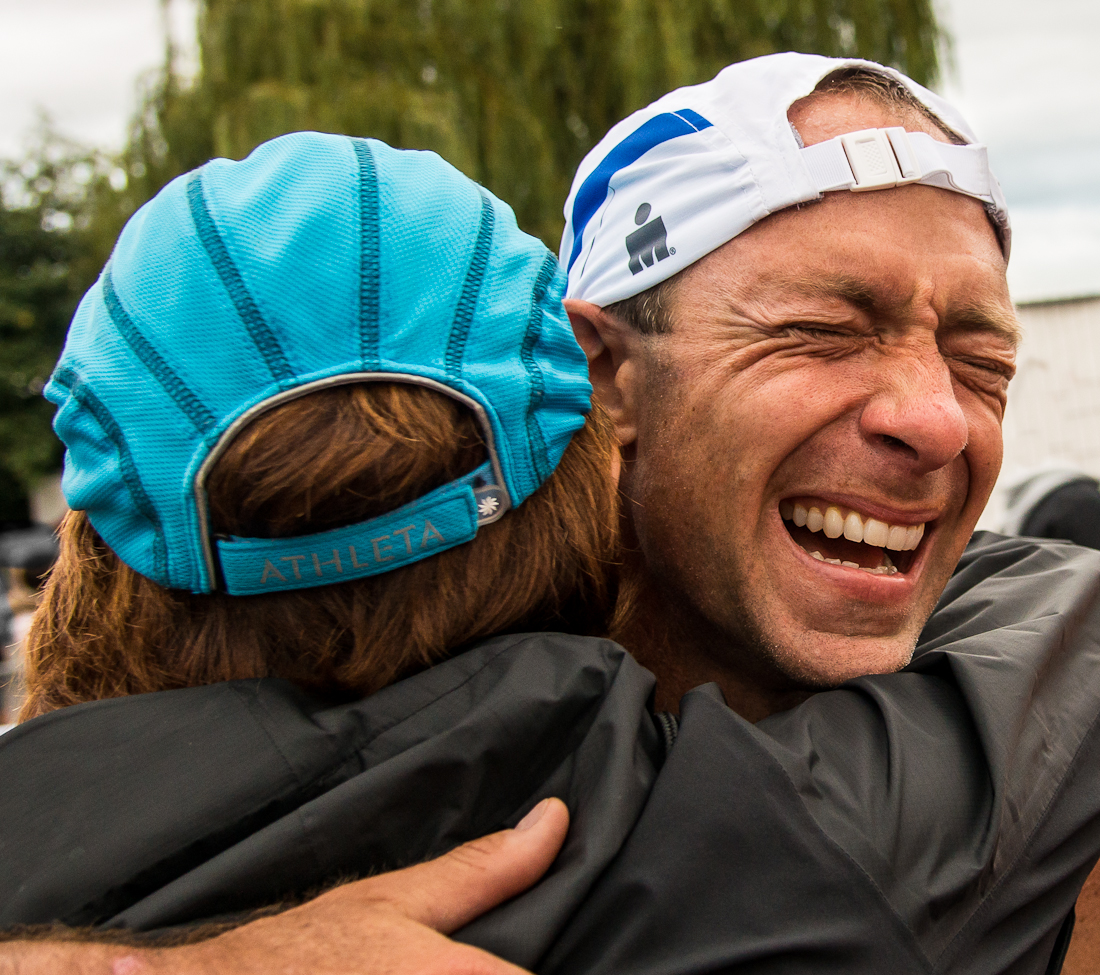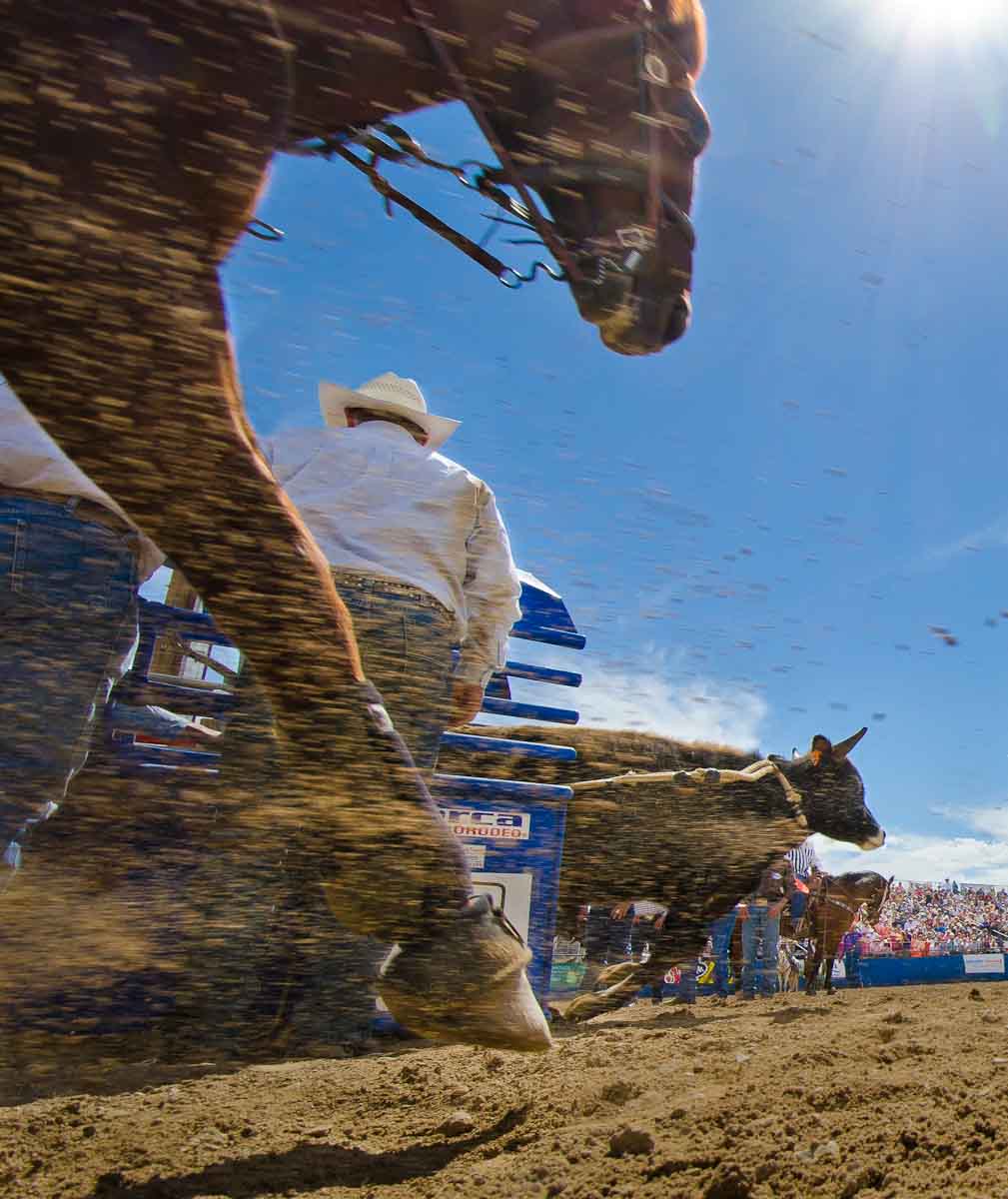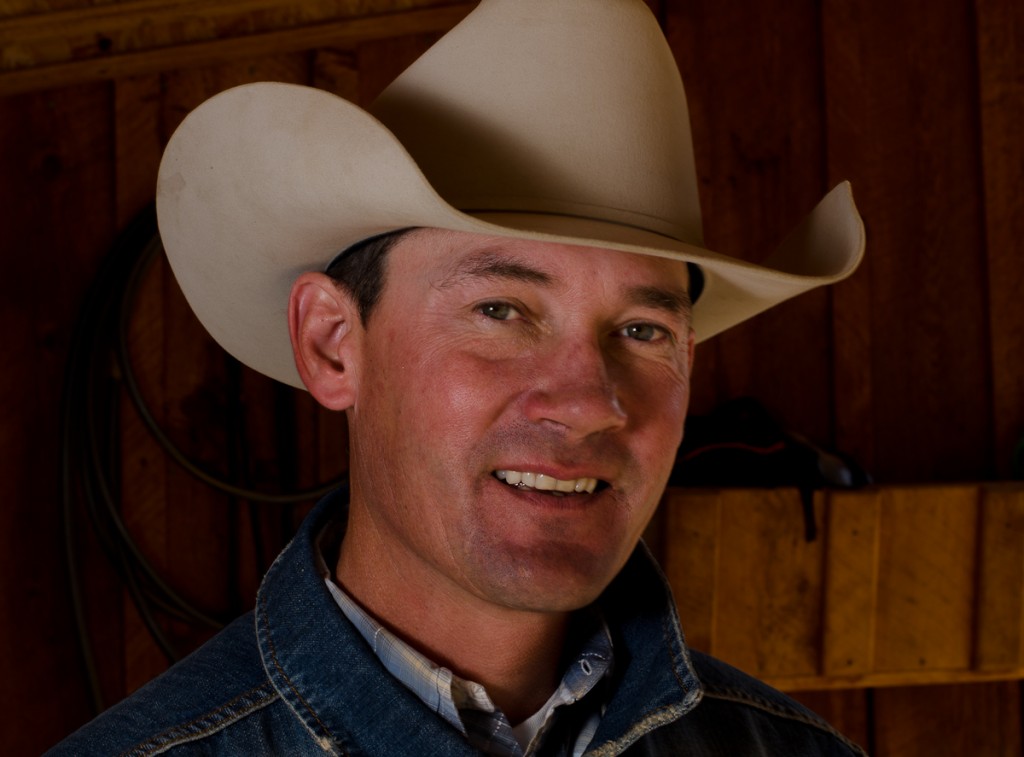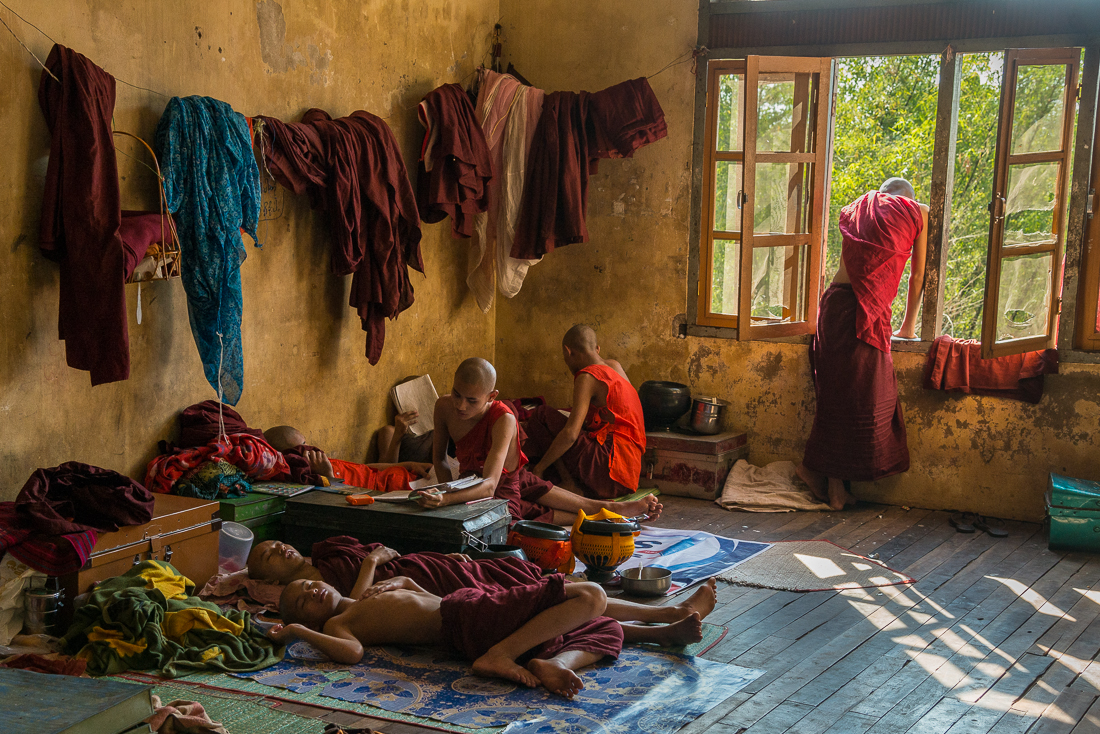The movie “Romancing the Stone” was set in and around Cartagena, Colombia. Viewers were introduced to a tropical country full of emeralds and bad guys. Another lasting impression: Michael Douglas taught America to mispronounce “Cartagena” – putting a “NYuh” sound as the last syllable rather than the simple (correct) “Nuh.”
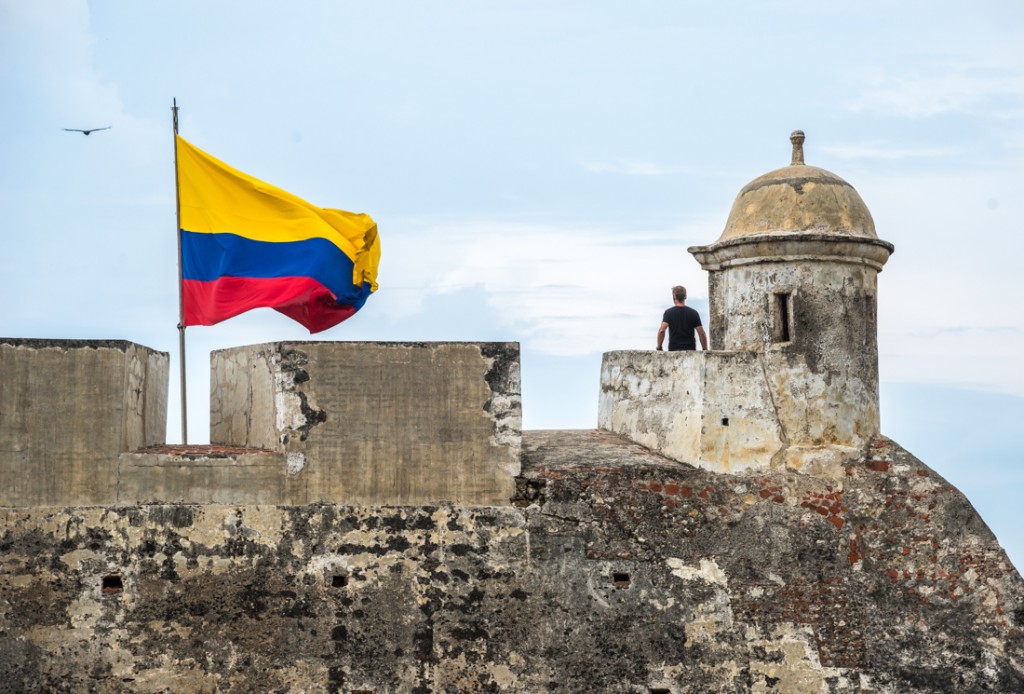 Cartagena is on Colombia’s northern coast, in the southwest corner of the Caribbean Sea. Much like Havana (Cuba), San Juan (Puerto Rico), and St. Augustine (Florida), the walled colonial city, guarded by seaside forts, was built by the Spaniards to anchor and protect their trading and shipping empire in the 1500s to 1700s. In that era, Spain controlled much of what is now northwestern South America – modern-day Venezuela, Peru, Colombia and Ecuador where they still speak Spanish even today. But the eastern part of South America – the part most directly accessible from Europe – was controlled by the Portuguese (Brazil) and by the French, Dutch, and Brits (the Guyanas). So Spain’s primary access to its South American empire was from the north, through the Caribbean port at Cartagena.
Cartagena is on Colombia’s northern coast, in the southwest corner of the Caribbean Sea. Much like Havana (Cuba), San Juan (Puerto Rico), and St. Augustine (Florida), the walled colonial city, guarded by seaside forts, was built by the Spaniards to anchor and protect their trading and shipping empire in the 1500s to 1700s. In that era, Spain controlled much of what is now northwestern South America – modern-day Venezuela, Peru, Colombia and Ecuador where they still speak Spanish even today. But the eastern part of South America – the part most directly accessible from Europe – was controlled by the Portuguese (Brazil) and by the French, Dutch, and Brits (the Guyanas). So Spain’s primary access to its South American empire was from the north, through the Caribbean port at Cartagena.
Nowadays, Cartagena is probably the most “visitable” city in Colombia. Cruise ships stop here, there are dozens of nice hotels and upscale restaurants, and old town Cartagena’ colonial architecture and Spanish fortifications are great for sightseeing.
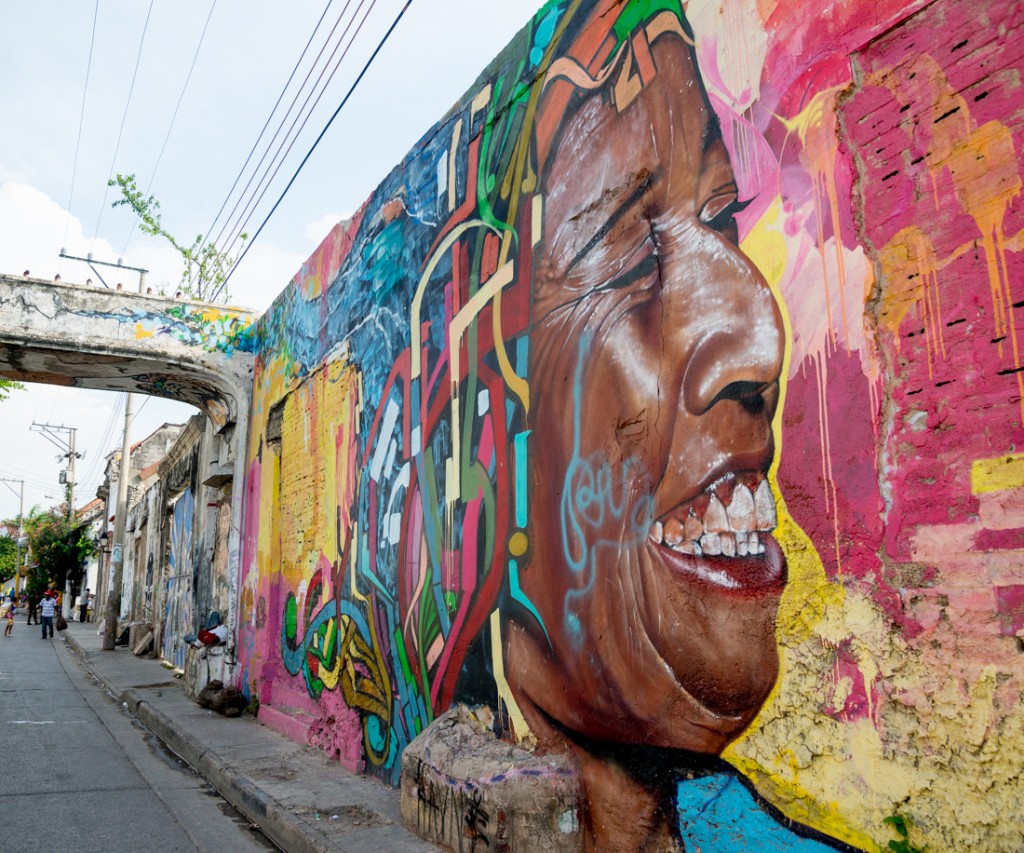 The amazing wall murals (and the crazy night-time crowd scenes) are in a neighborhood called Getsemani (“HET-seh-MAH-nee”). Named for the biblical garden (“Gethsemane”) – it was, until recently, a rough place, full of some conspicuously un-holy activities. But like much of Colombia, it’s been cleaned up (literally and figuratively) dramatically in the last decade.
The amazing wall murals (and the crazy night-time crowd scenes) are in a neighborhood called Getsemani (“HET-seh-MAH-nee”). Named for the biblical garden (“Gethsemane”) – it was, until recently, a rough place, full of some conspicuously un-holy activities. But like much of Colombia, it’s been cleaned up (literally and figuratively) dramatically in the last decade.
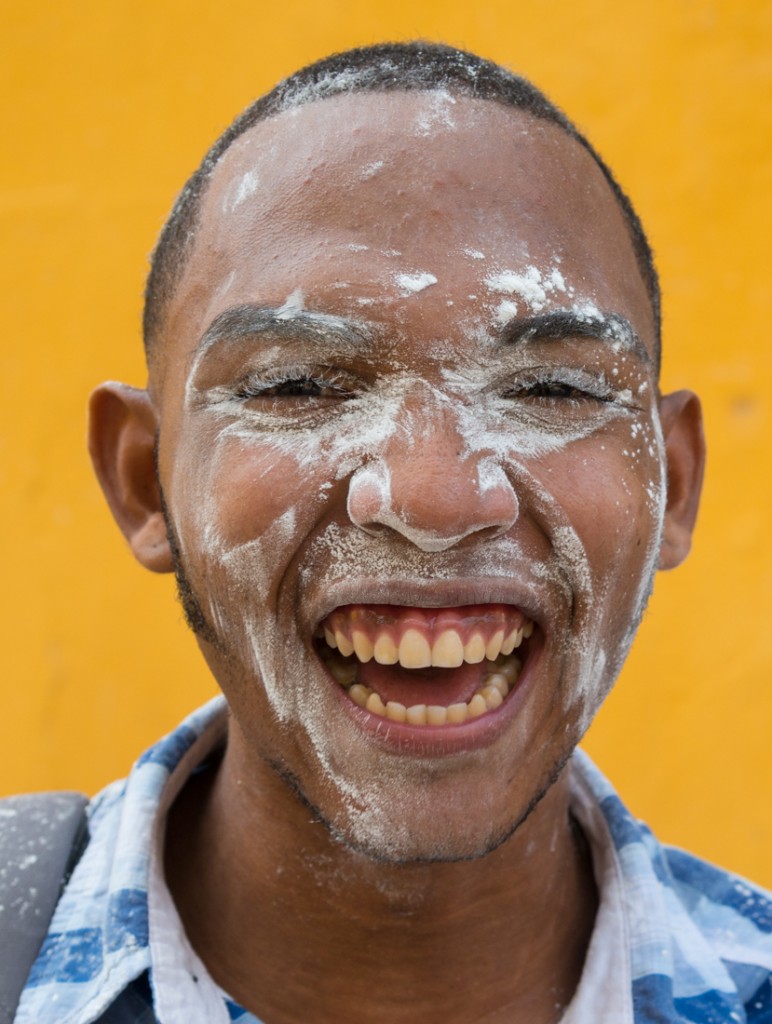
A festive tradition: throwing corn meal on people. It took some negotiation to get a few pictures without them dousing me (and my camera).
It was Cartagena Independence Day weekend, and as we wandered around a church square in Getsemani one day, a guy named Ramone told us there’d be a “fiesta” there that night, with dancing. I naively envisioned choreographed and costumed Carnival-like holiday spectacle. That night we found a few thousand people crowded around tiny Plaza Santisima Trinidad; their primary activities were recklessly throwing firecrackers into the crowd, and squirting each other with giant shaving-cream cans rigged to spray 20 feet or so. With minor exception, it was all friendly and fun. My camera only got soaked once; it wiped right off.
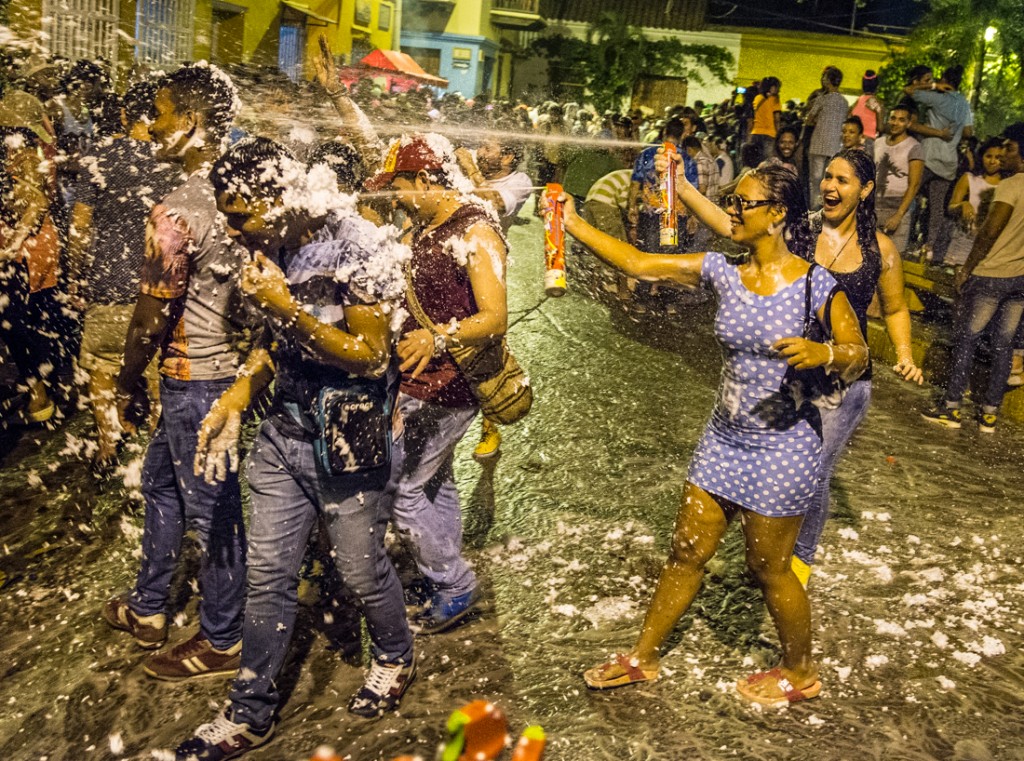
Celebrating Cartegena Independence weekend in Plaza Santisima Trinidad in Getsemani. Not surprisingly, I was unable to keep my camera dry.
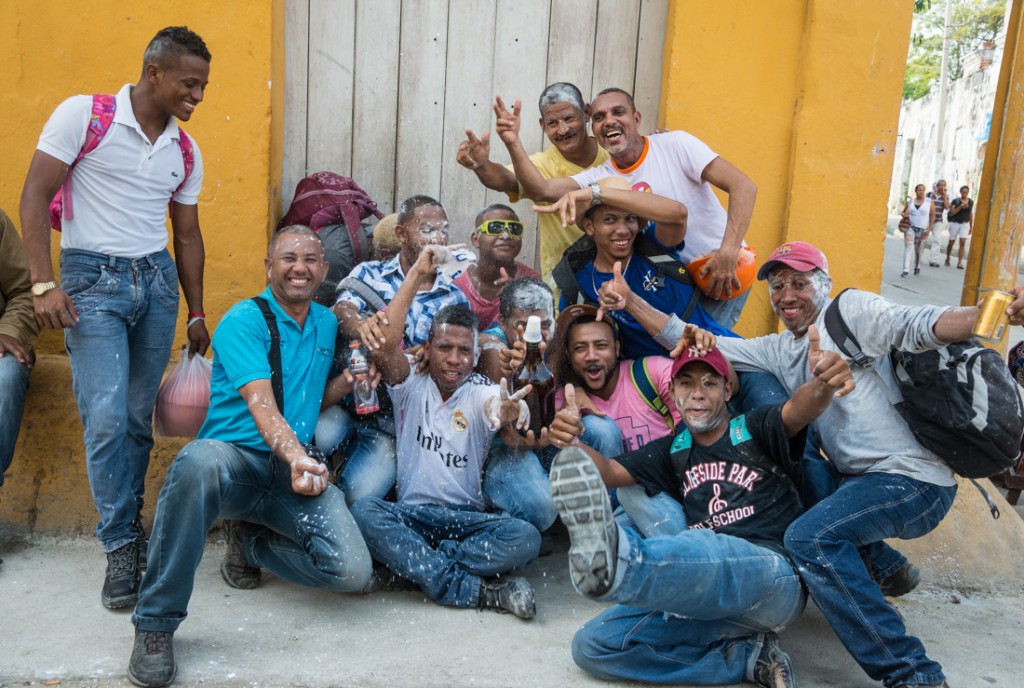
By taking these guys’ picture (and joining them in one shot of their rum), I was able to avoid having corn meal rubbed on my head (like they were doing to each other).
* * * *
Since I had a camera-toting buddy on this trip, I get to include a couple of pictures OF me. Thanks (and photo credit) to Grant Harvey – a long-time friend, one of my G&B law partners, and now a fellow photographer! That’s Grant in the hat (and yes, he enjoyed the humor of a hat that screamed “tourista”!
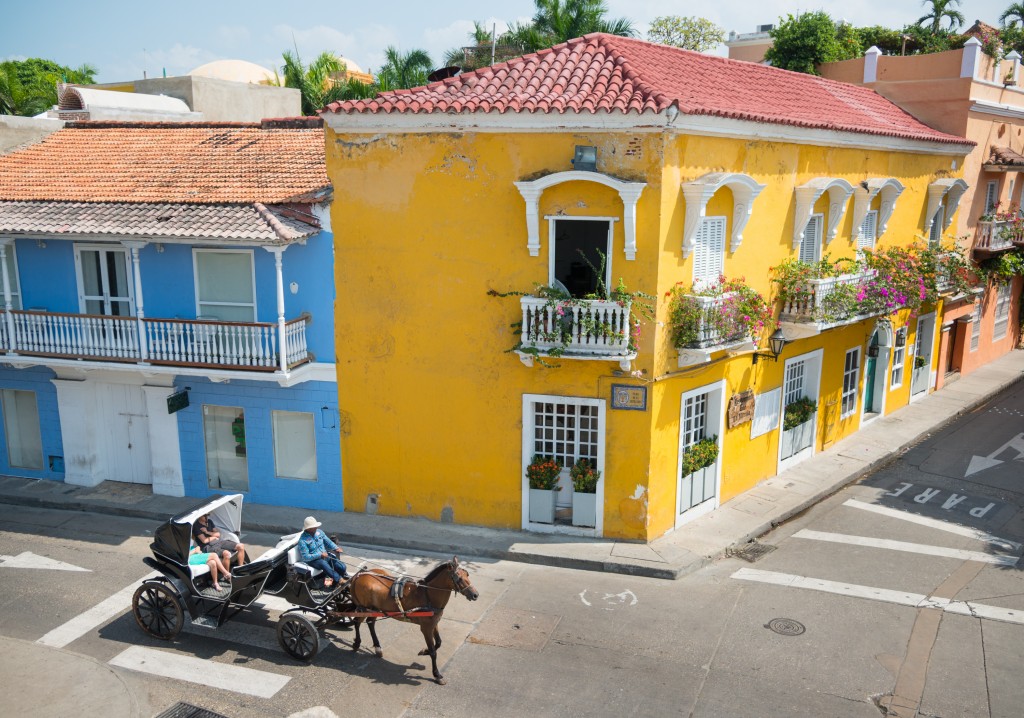
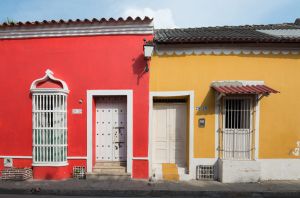

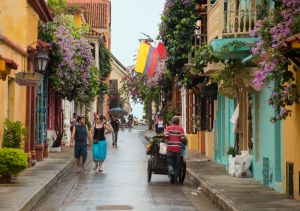
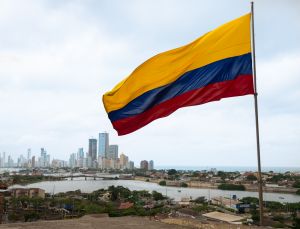
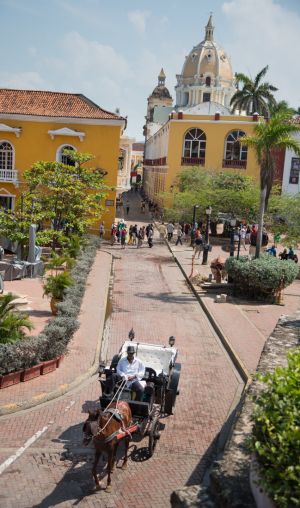
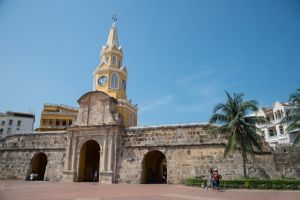
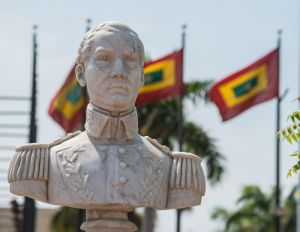
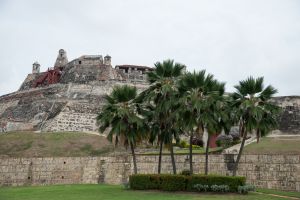
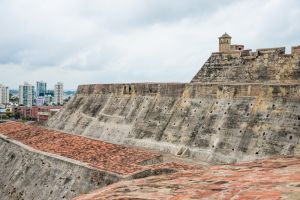
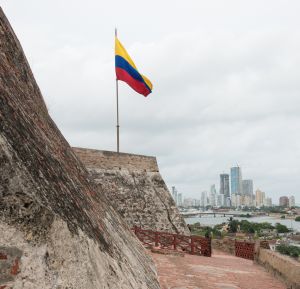
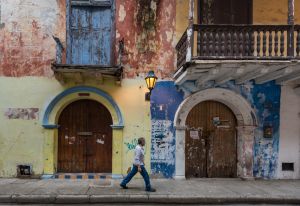
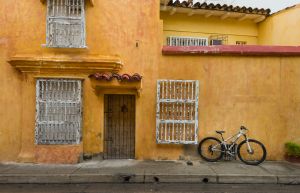
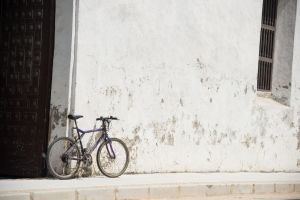
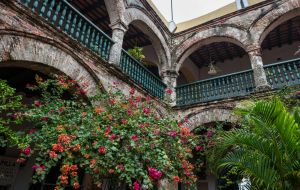
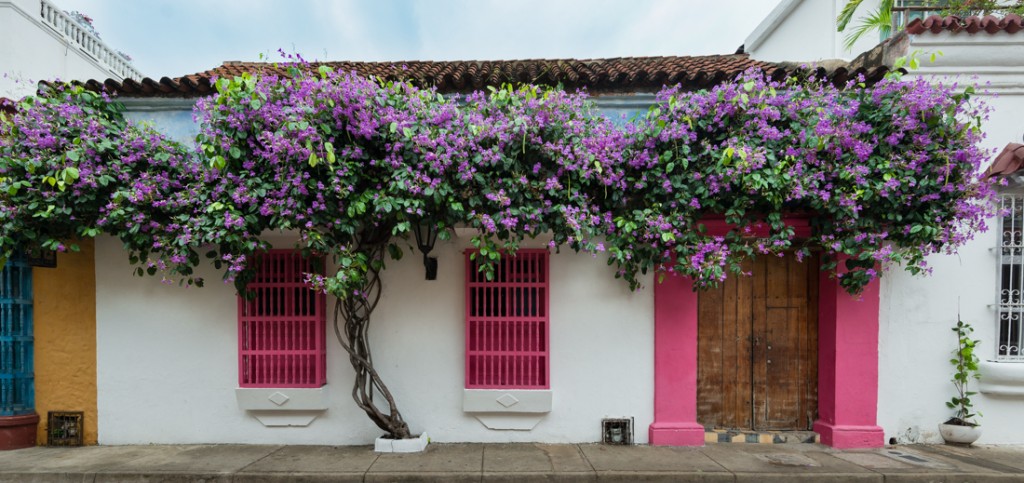
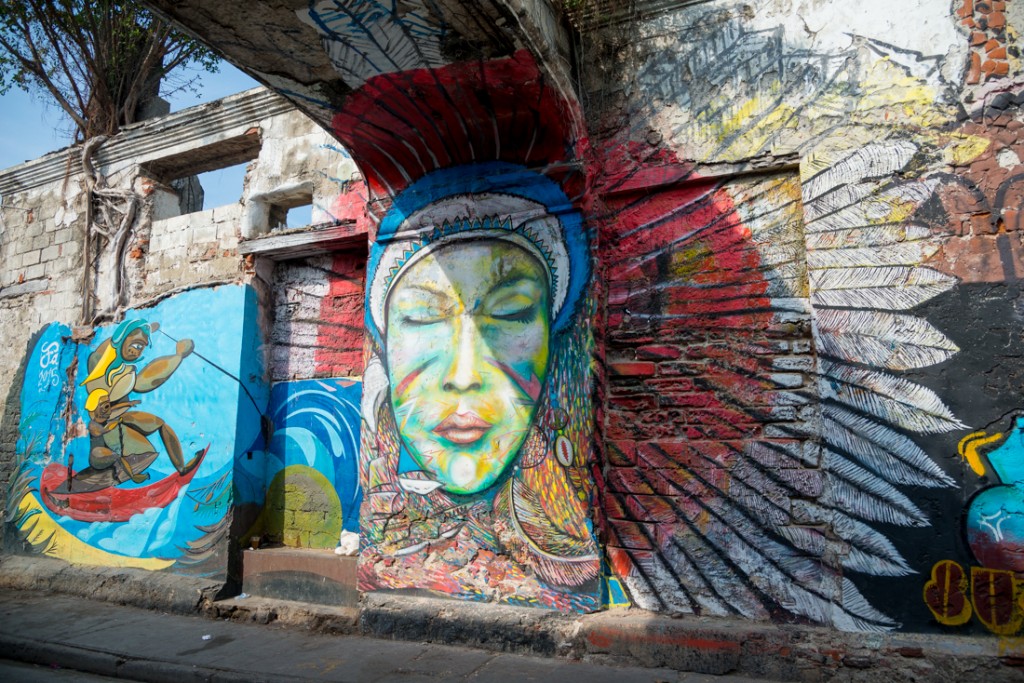


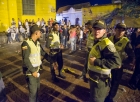




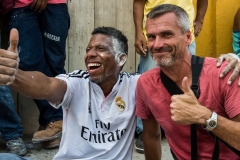
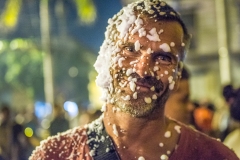
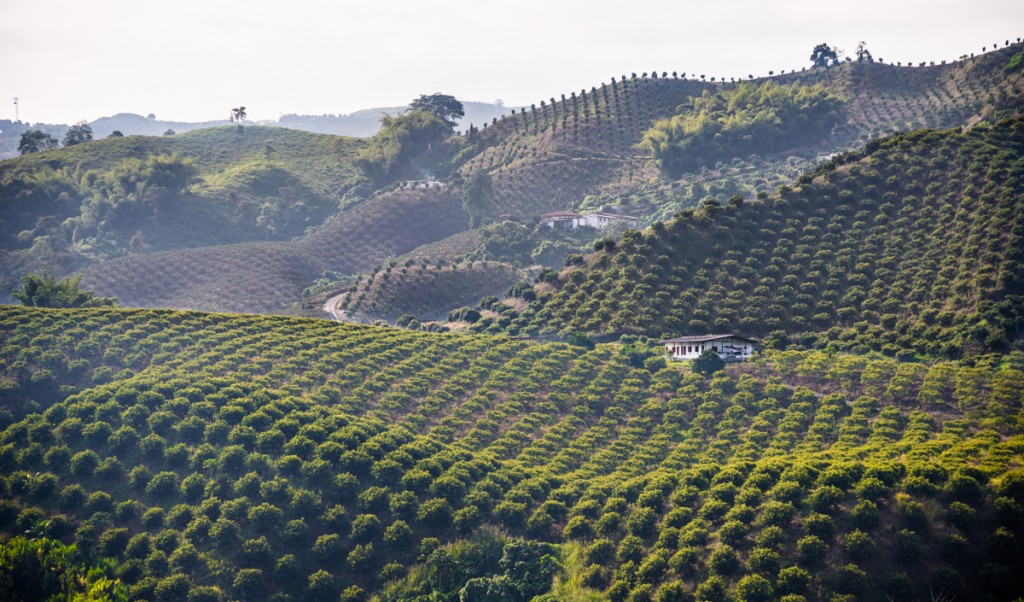
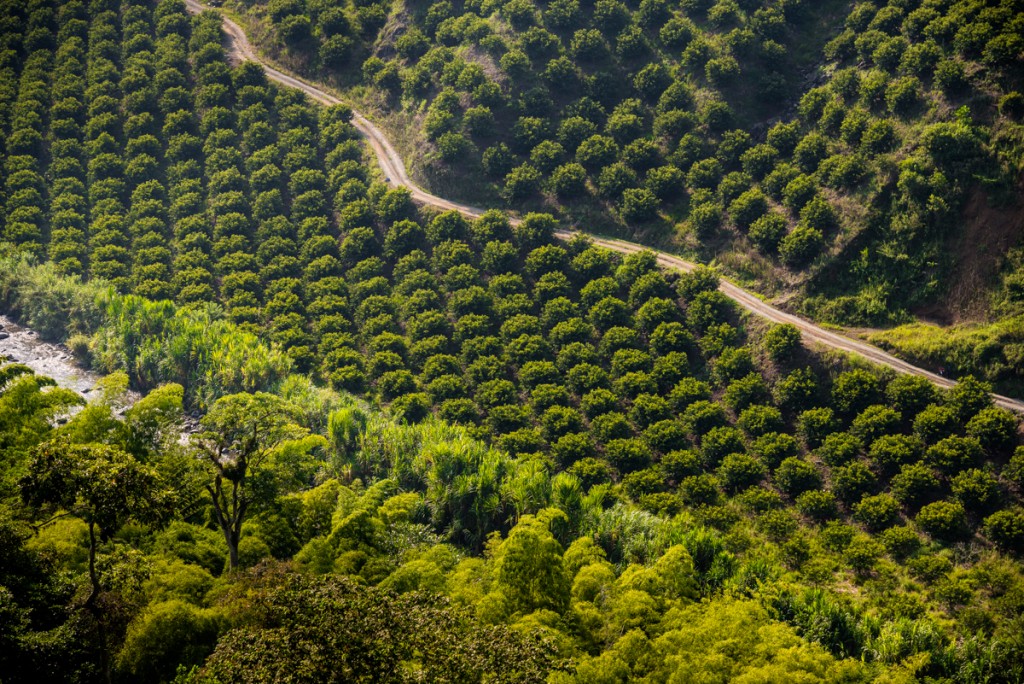
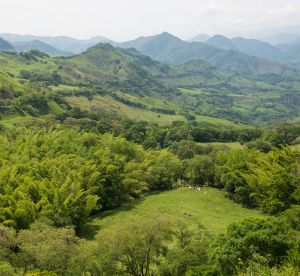
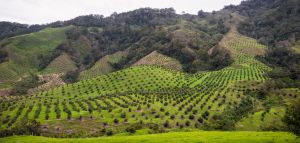
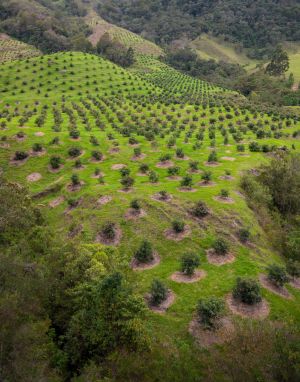
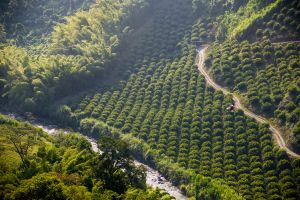
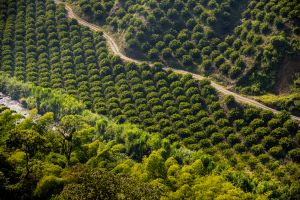
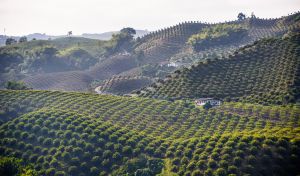
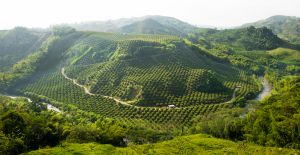
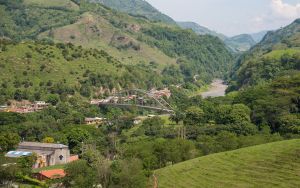
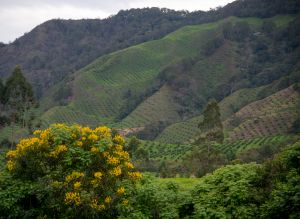
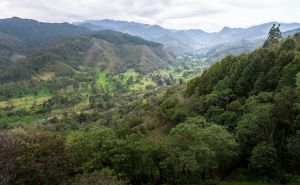
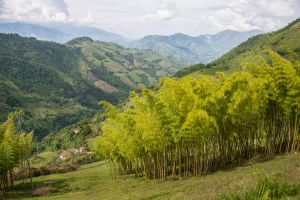
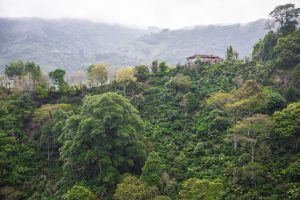
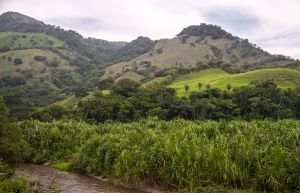
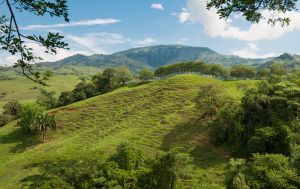
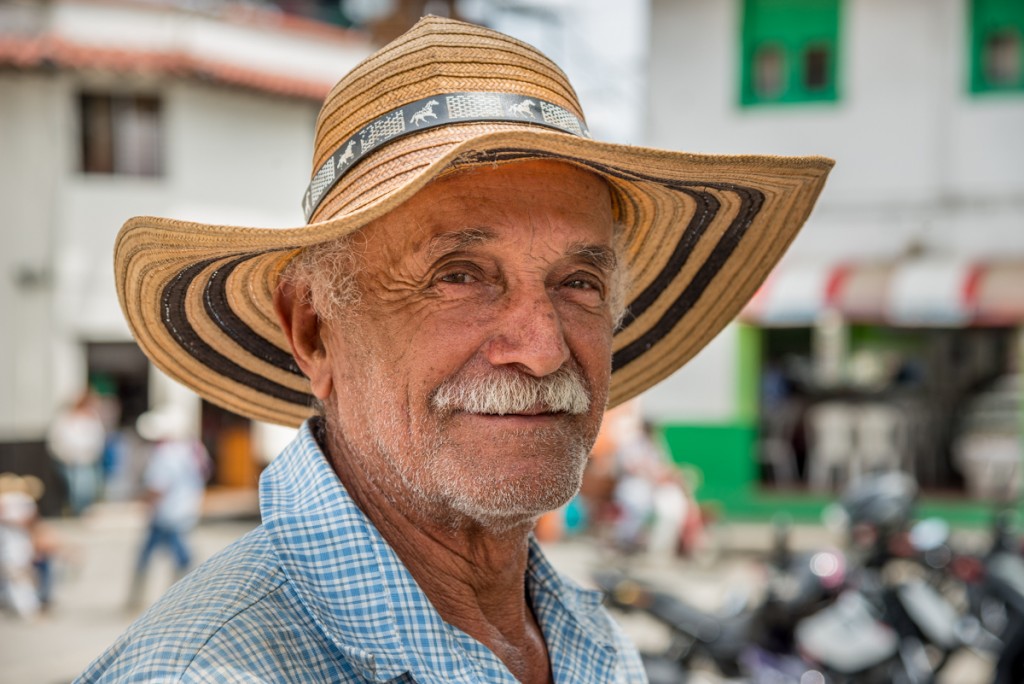
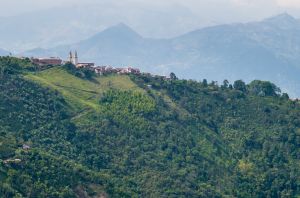
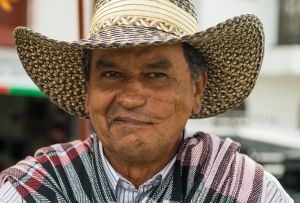
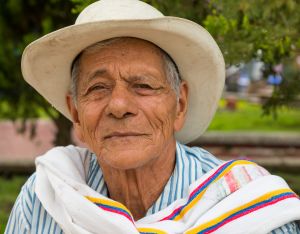
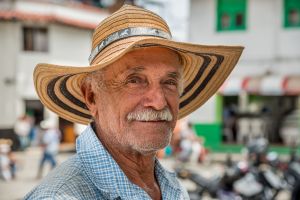
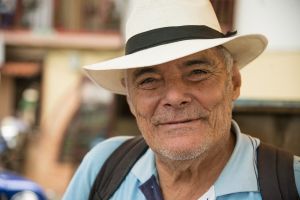
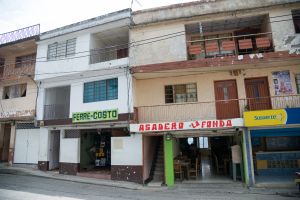
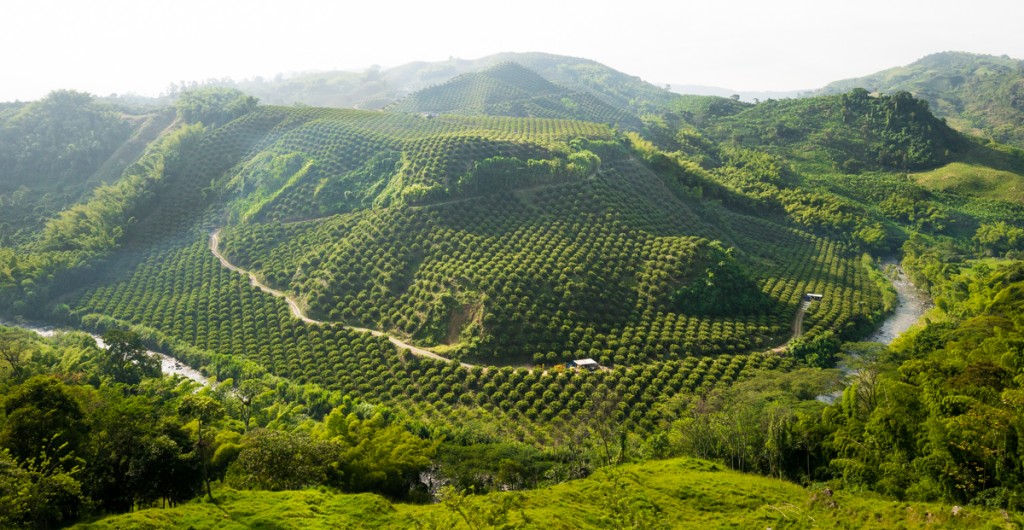
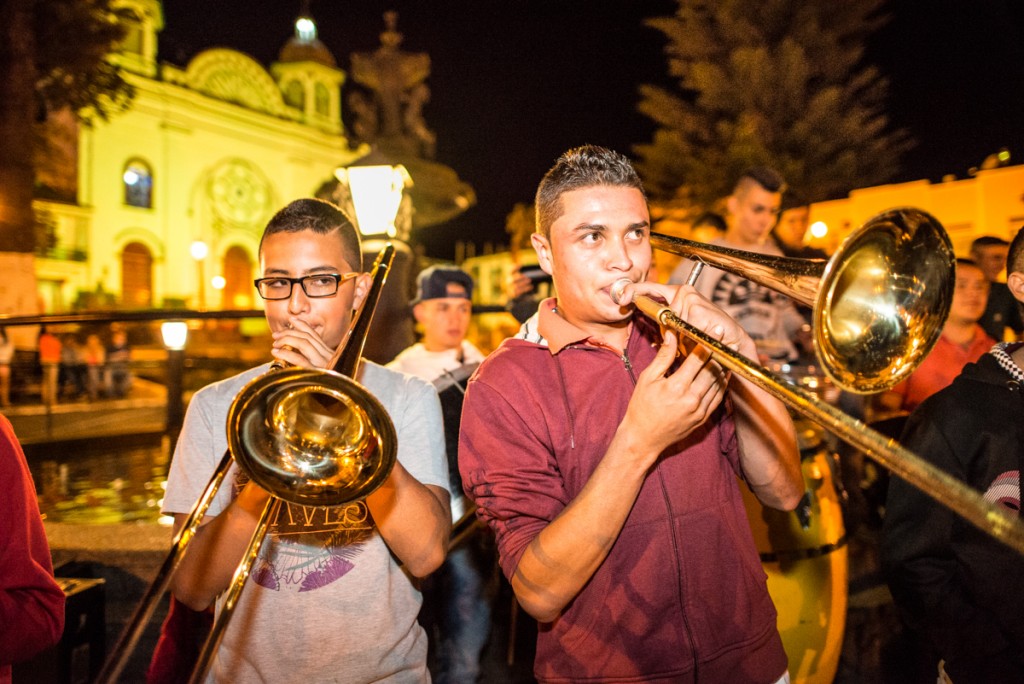
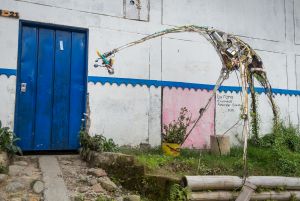
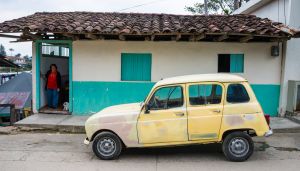
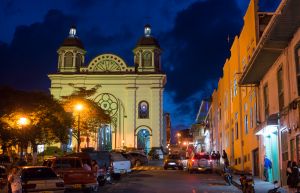
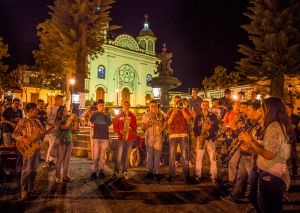
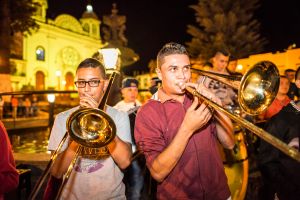
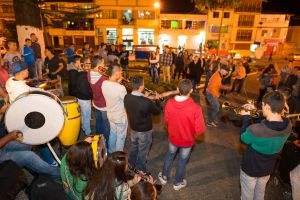
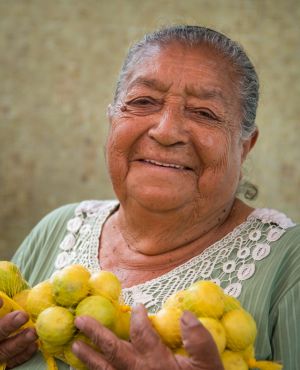
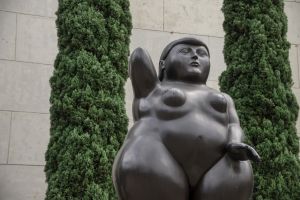
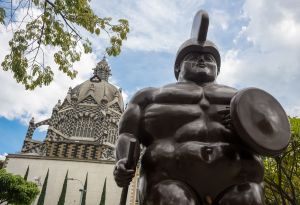
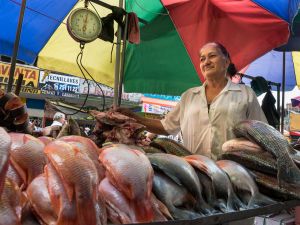
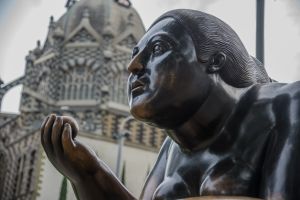
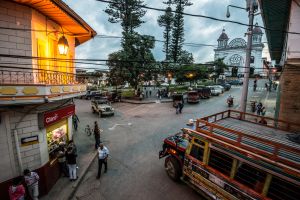
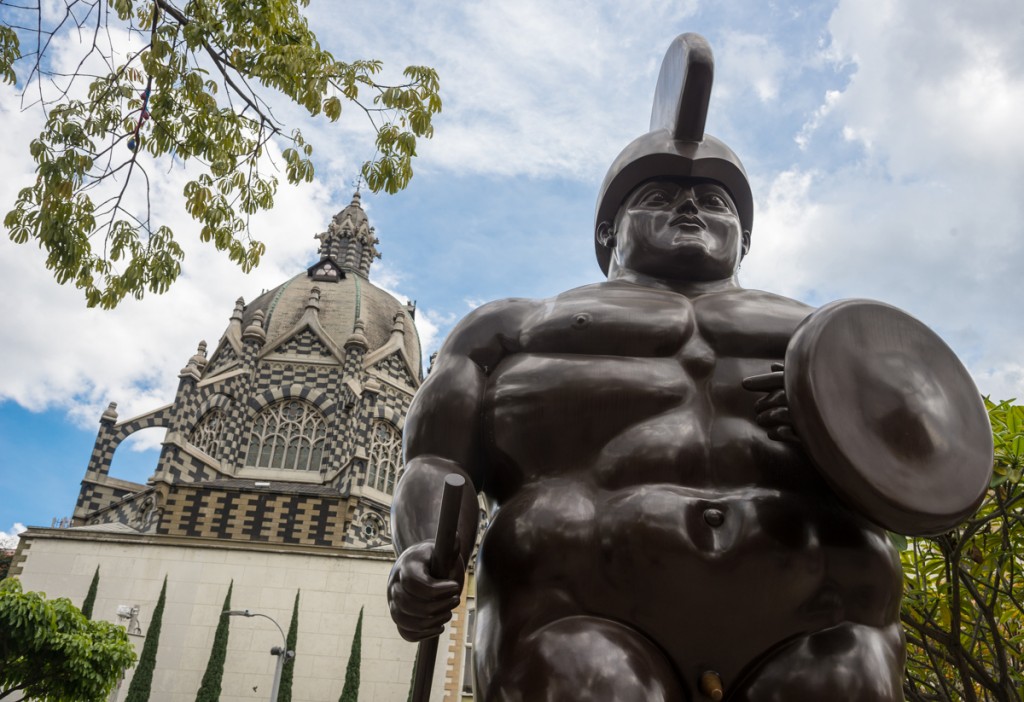
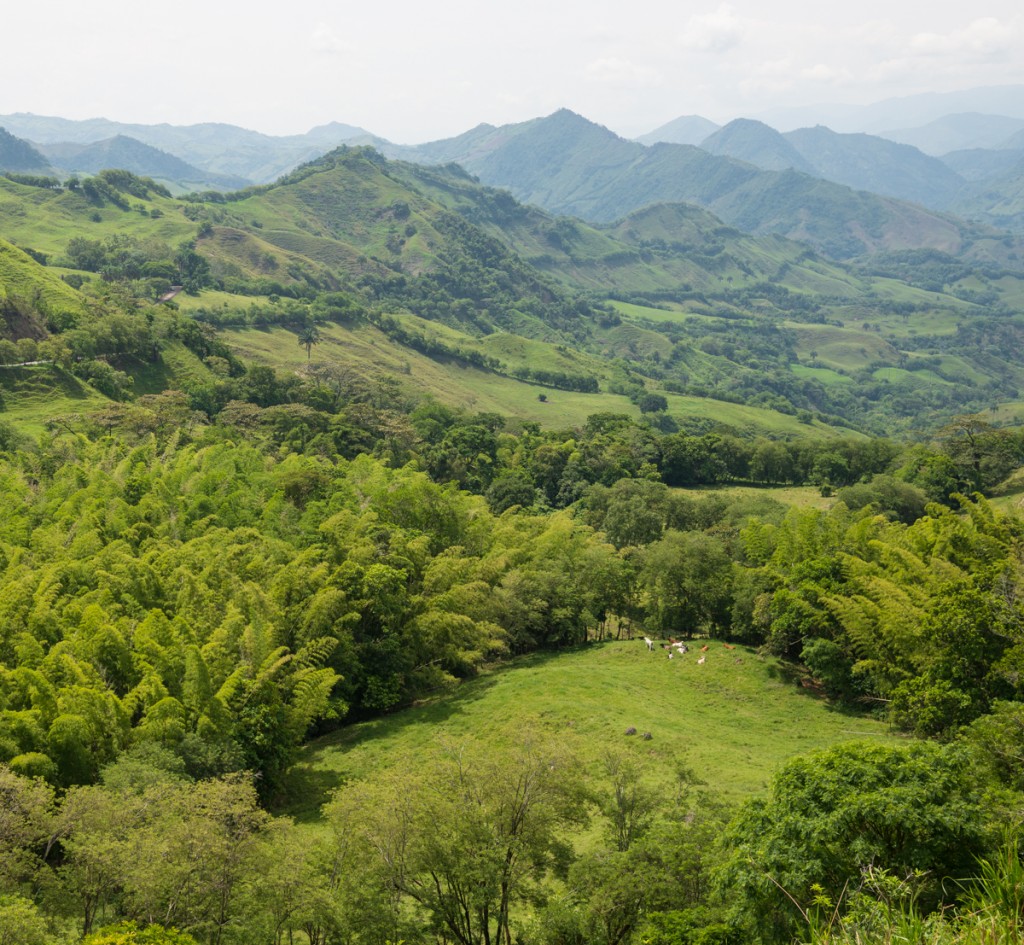
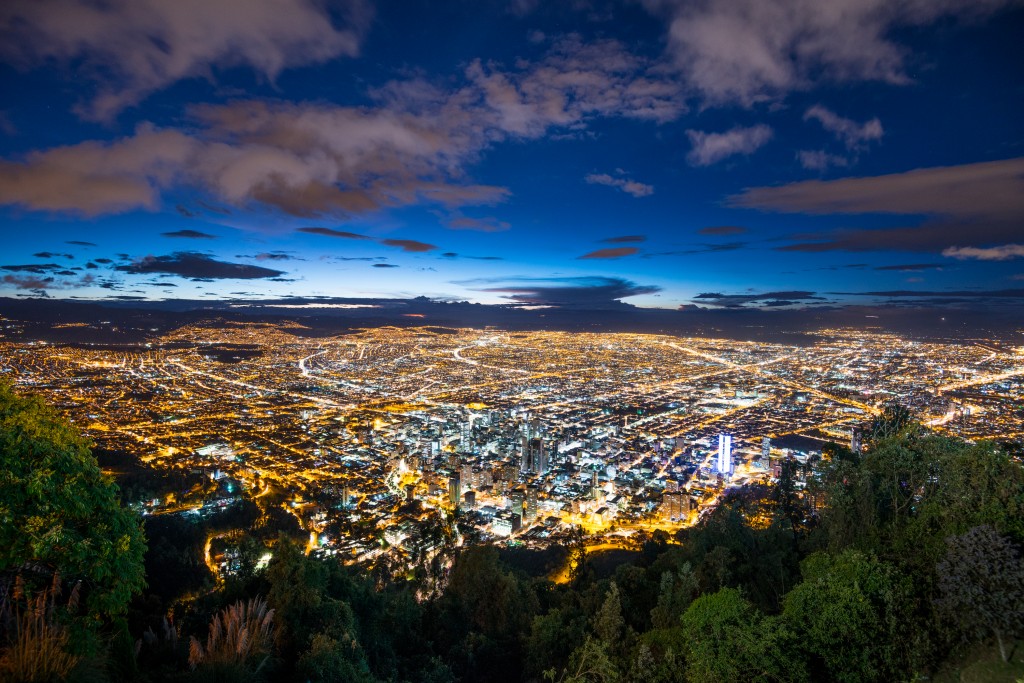
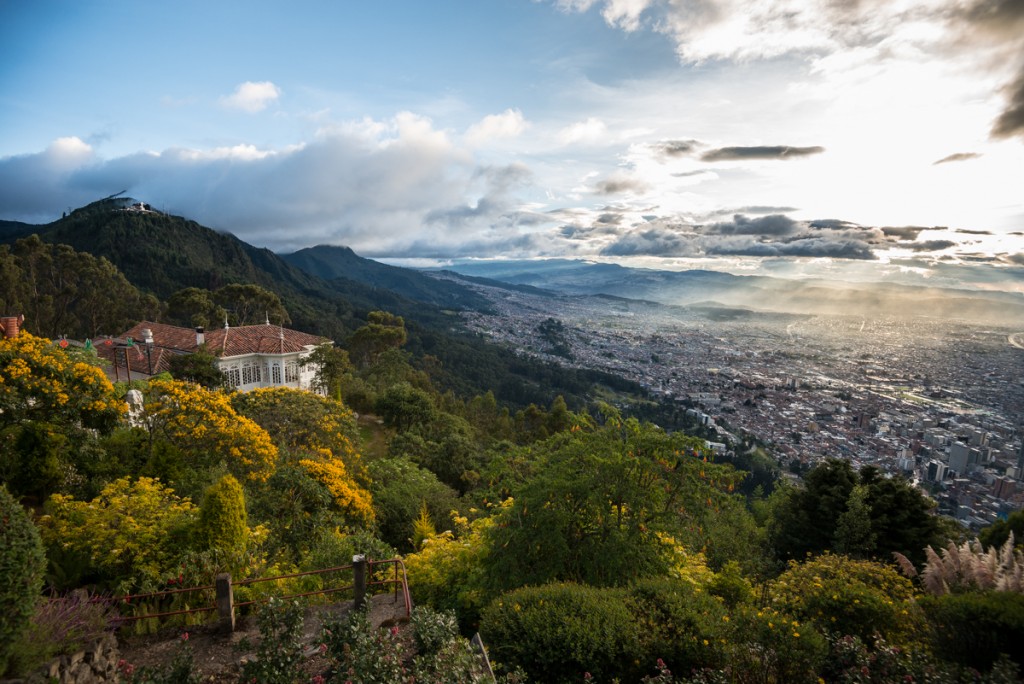
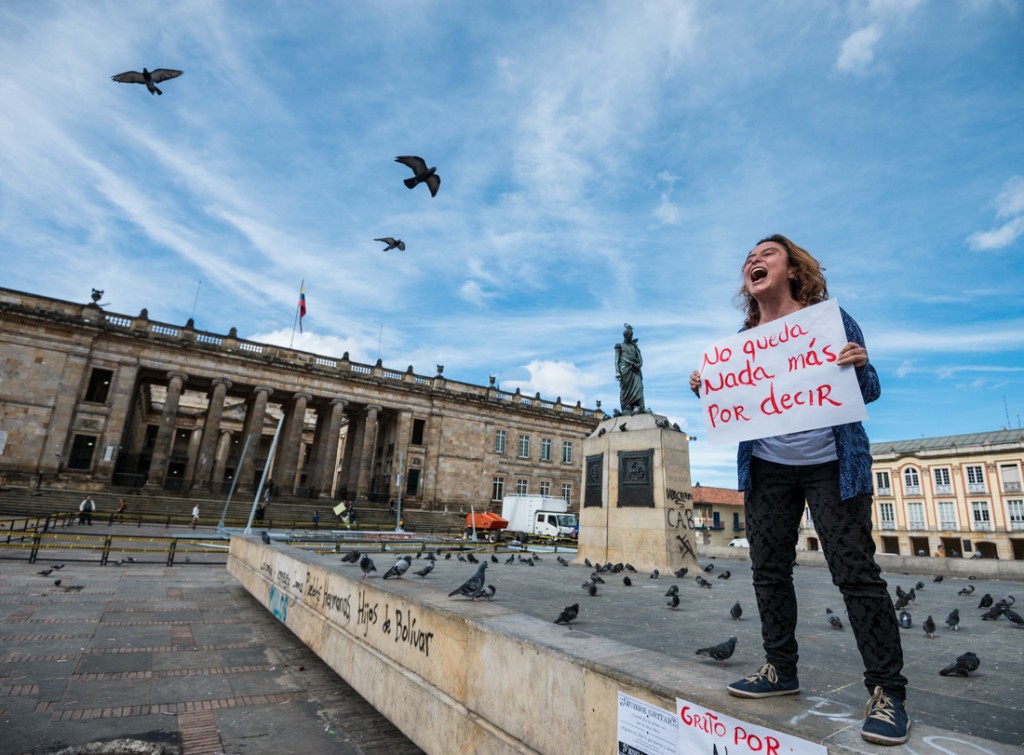

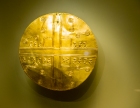

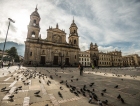



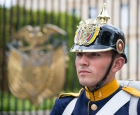
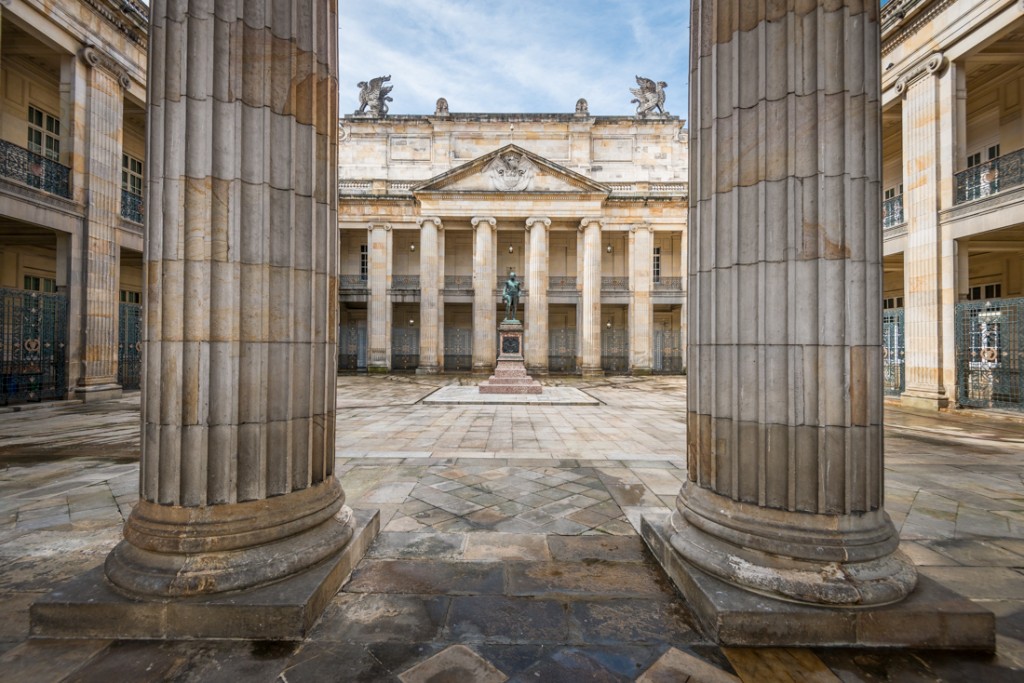




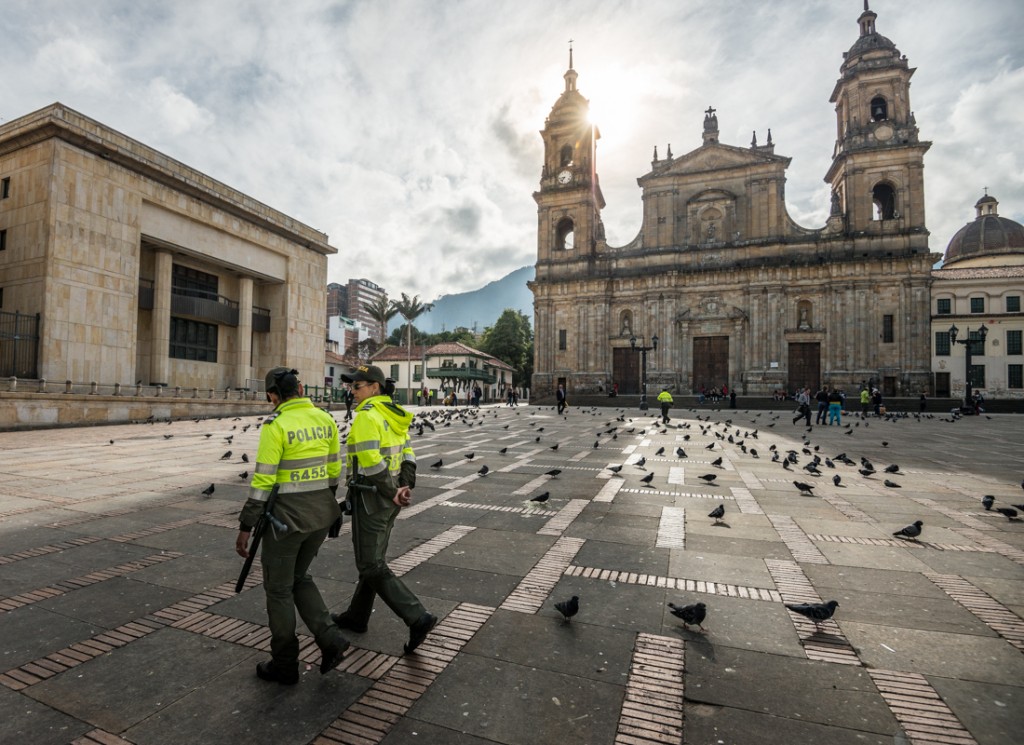
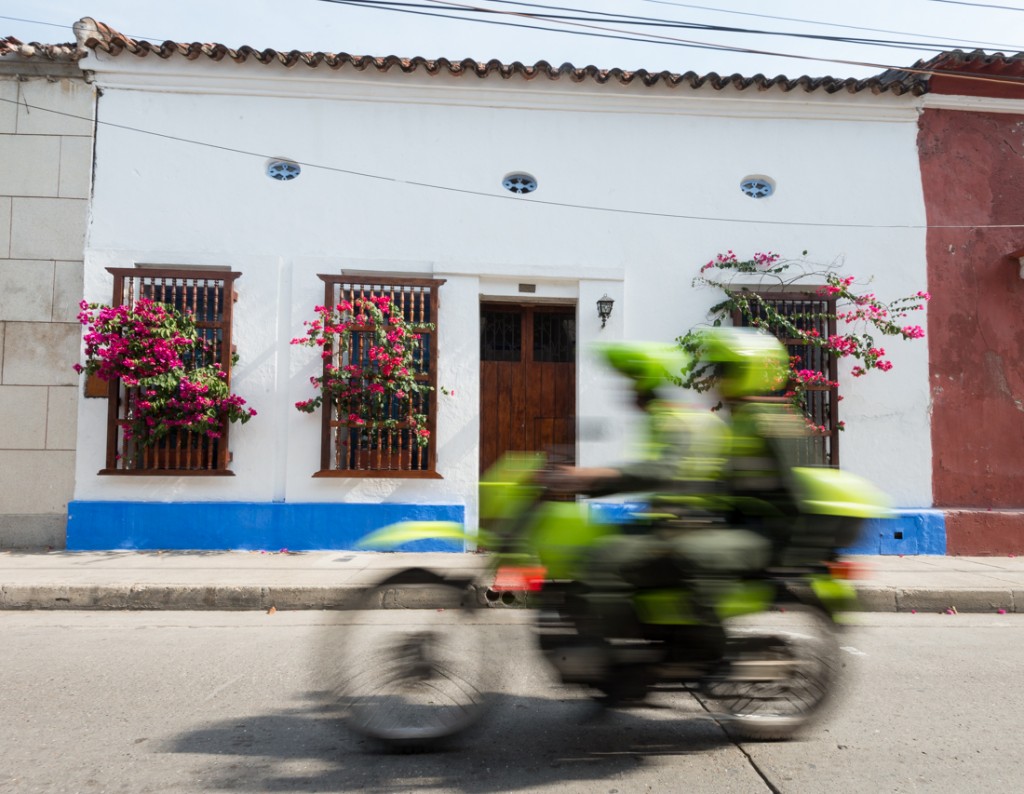
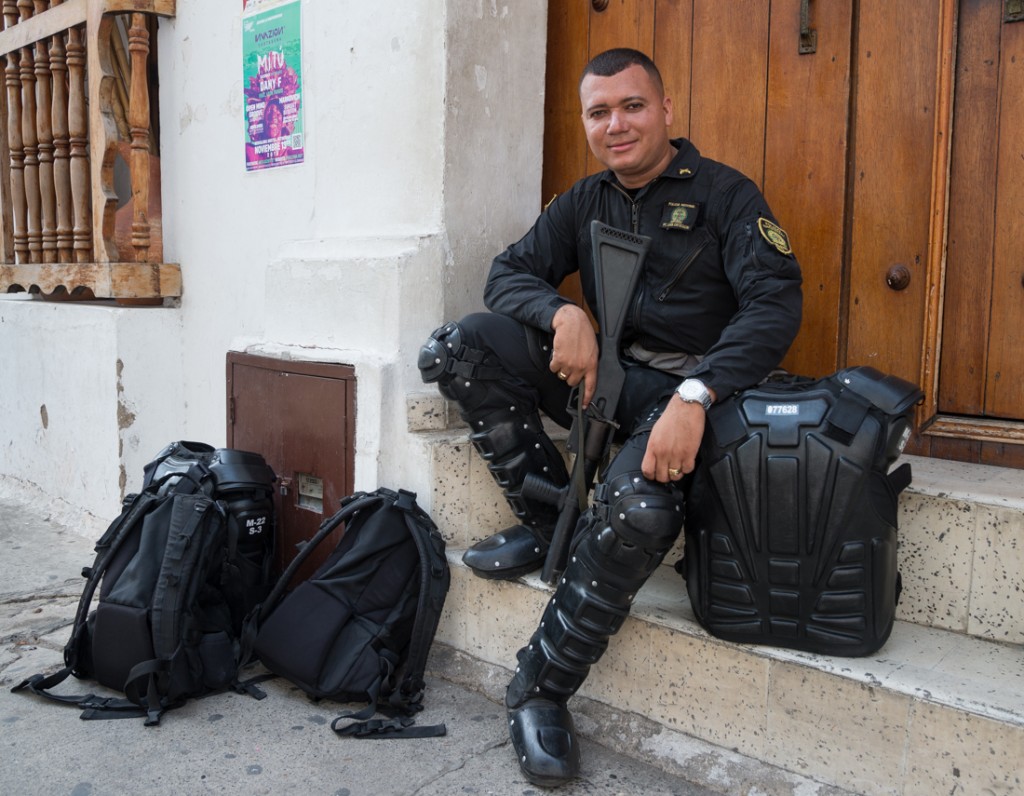
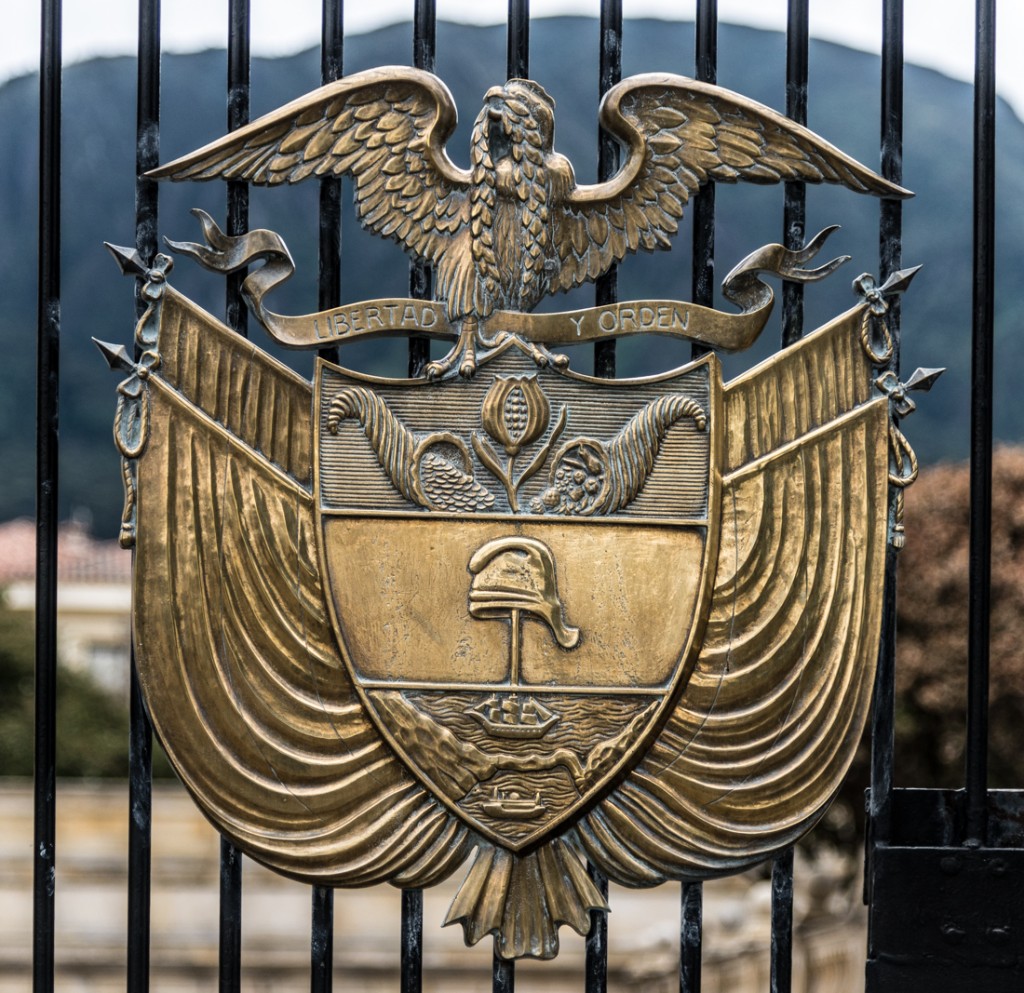
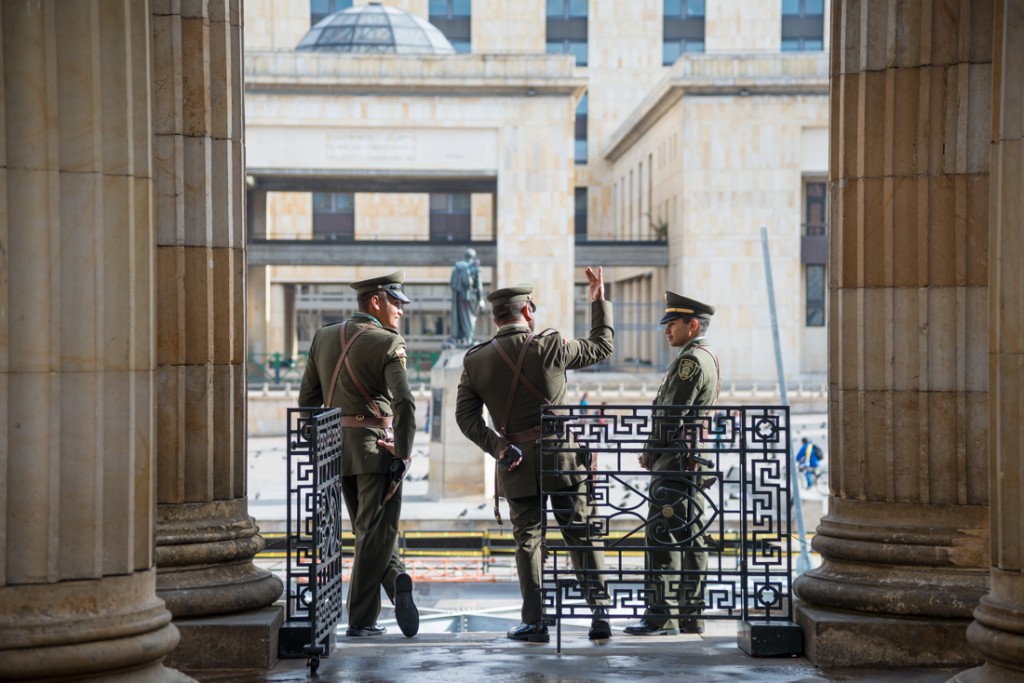
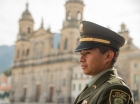


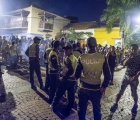



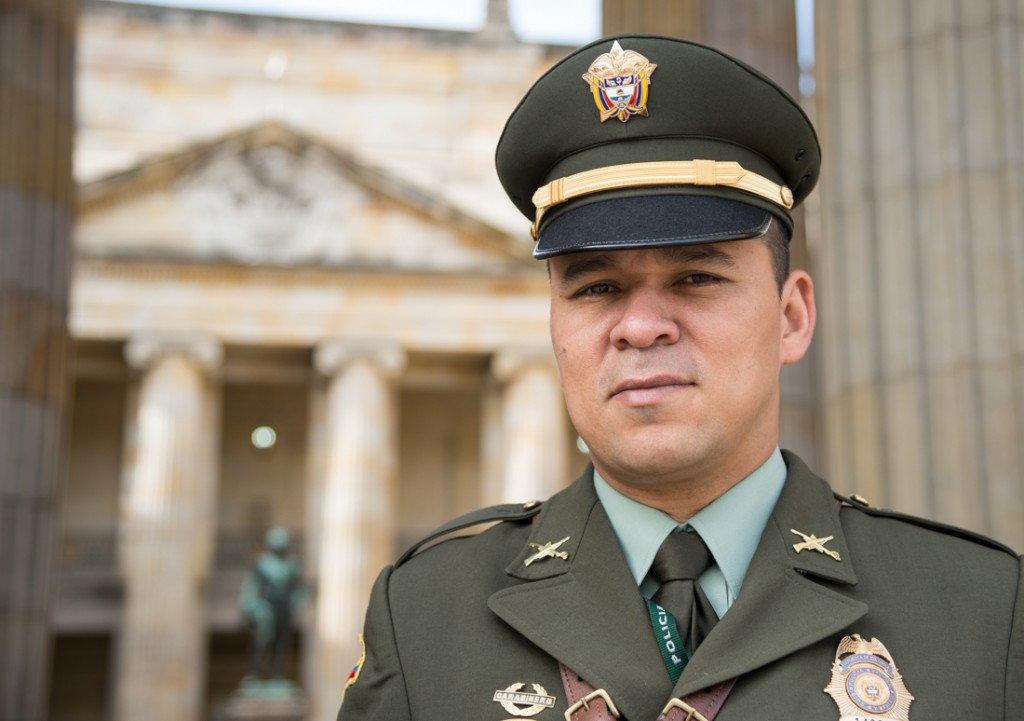
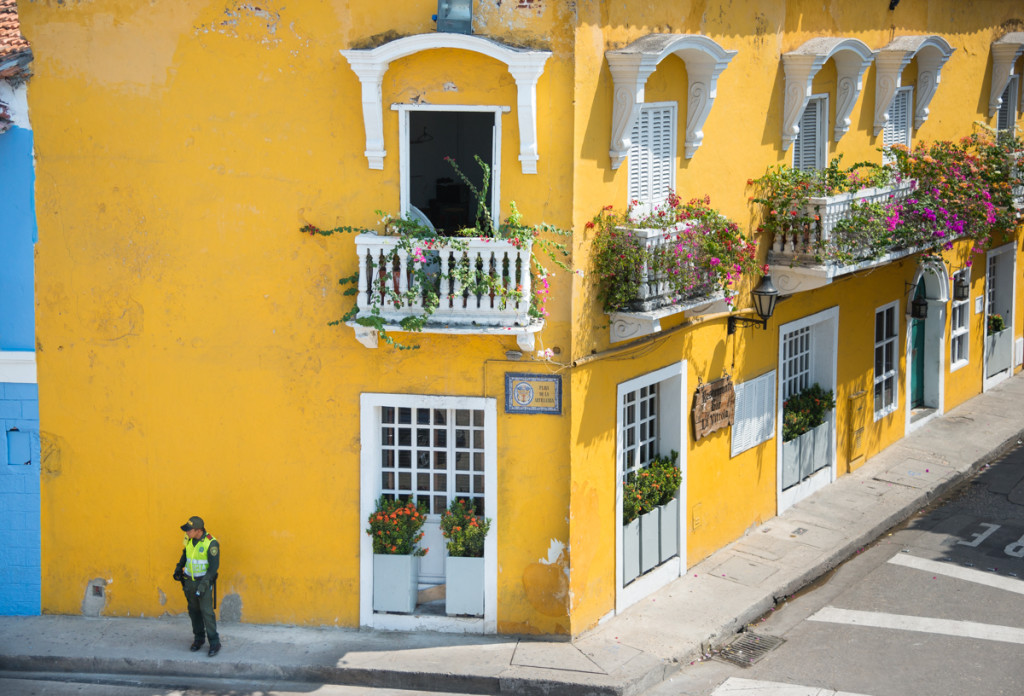

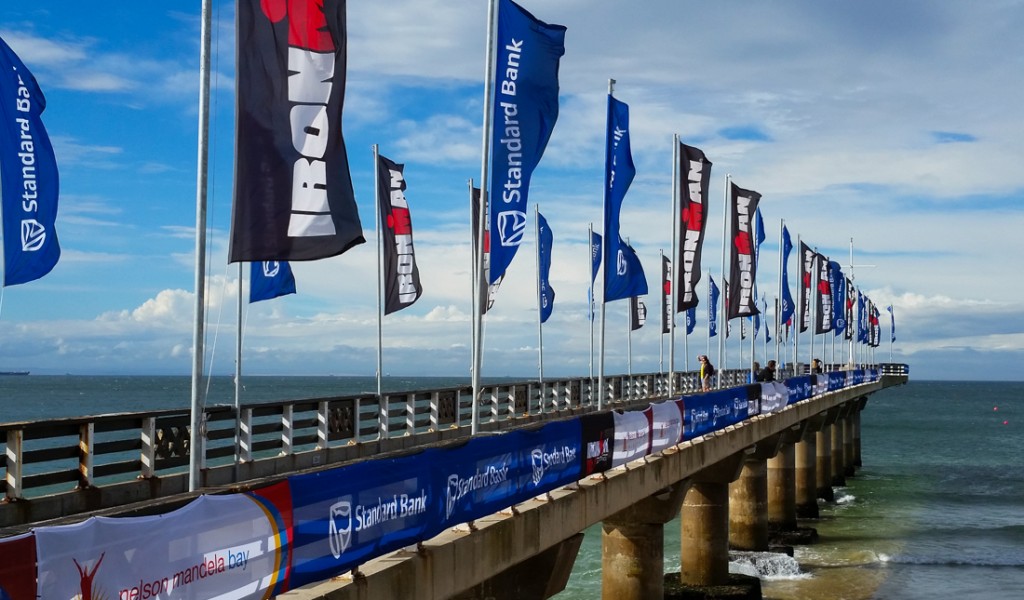
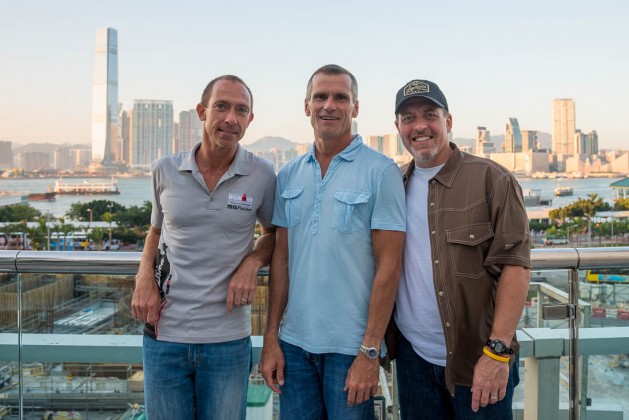
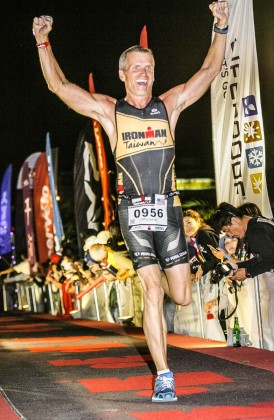
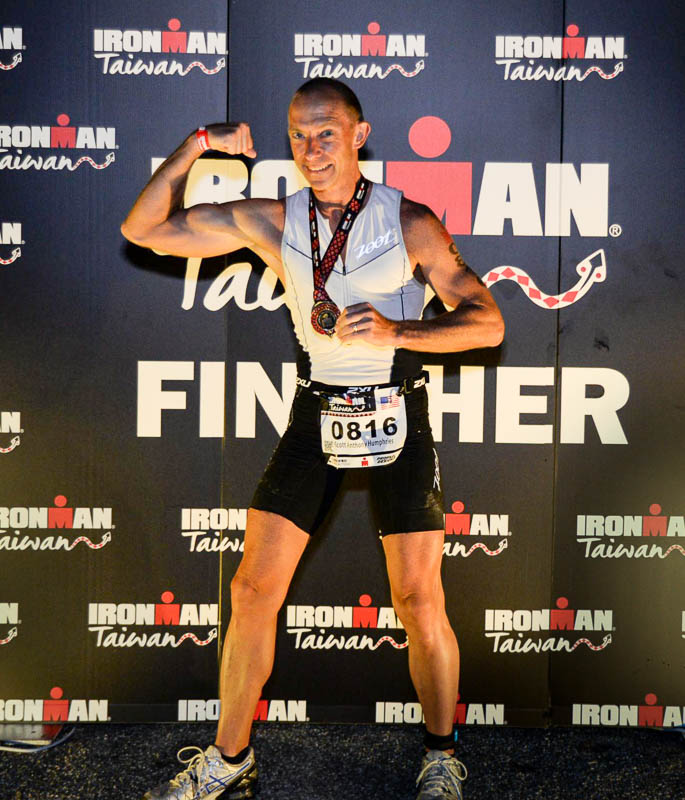
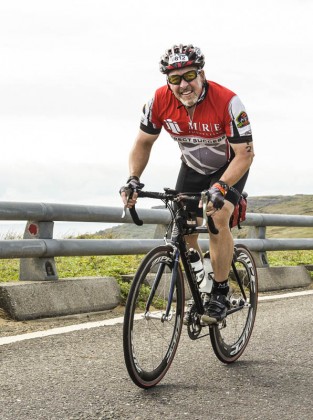
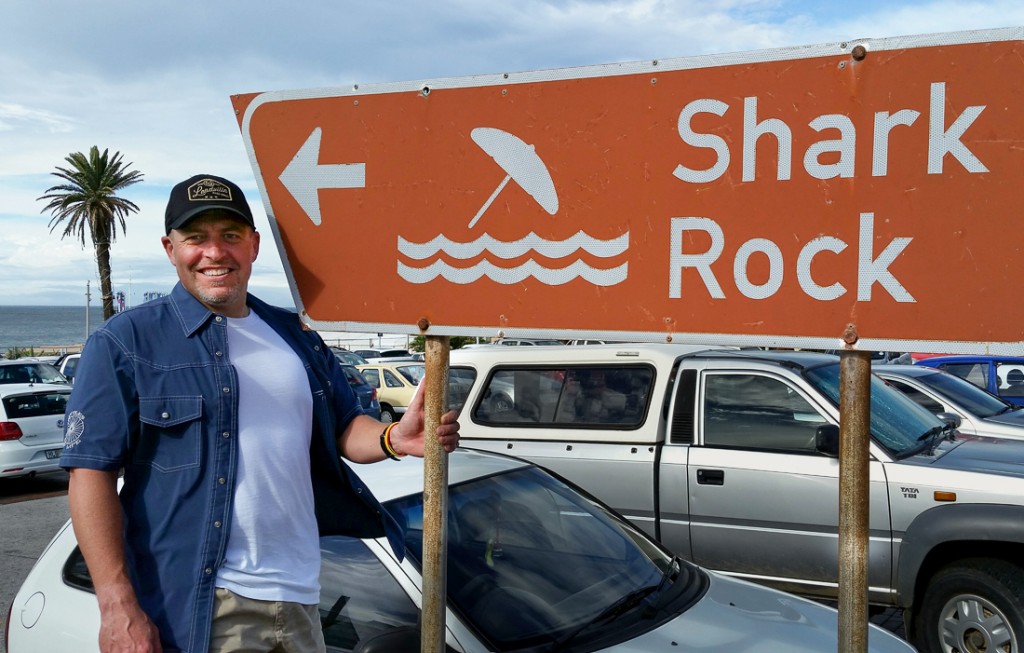 WHO CAN GO THE DISTANCE? WE’LL FIND OUT, IN THE LONG RUN: The races themselves? An Ironman event is a 2.4 mile offshore ocean swim, a 112 mile bike race, then a 26.2 mile (marathon distance) run – all in one day with just 5 minutes or so in between to change your shoes. It usually takes us around 13 hours – starting at sunrise and usually finishing in the dark. The hilly South African bike course was especially brutal (imagine mixing 5,000 feet of vertical climb and nasty winds into those mileages), but at least the area’s much-discussed great white sharks resisted the allure of the nearly 2,000 black-wetsuit-clad swimmers out in Nelson Mandela Bay. (Before the start, the race announcer told us we might be “lucky” enough to see dolphins swimming near us in the bay, so we should look for their dorsal fins. I had a mild suspicion that this was an ingenious fib to prevent widespread panic should anyone spot a shark out there making an otherwise-harmless appearance.)
WHO CAN GO THE DISTANCE? WE’LL FIND OUT, IN THE LONG RUN: The races themselves? An Ironman event is a 2.4 mile offshore ocean swim, a 112 mile bike race, then a 26.2 mile (marathon distance) run – all in one day with just 5 minutes or so in between to change your shoes. It usually takes us around 13 hours – starting at sunrise and usually finishing in the dark. The hilly South African bike course was especially brutal (imagine mixing 5,000 feet of vertical climb and nasty winds into those mileages), but at least the area’s much-discussed great white sharks resisted the allure of the nearly 2,000 black-wetsuit-clad swimmers out in Nelson Mandela Bay. (Before the start, the race announcer told us we might be “lucky” enough to see dolphins swimming near us in the bay, so we should look for their dorsal fins. I had a mild suspicion that this was an ingenious fib to prevent widespread panic should anyone spot a shark out there making an otherwise-harmless appearance.)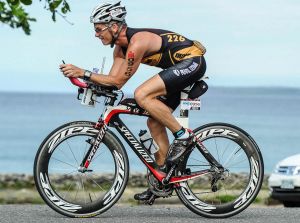
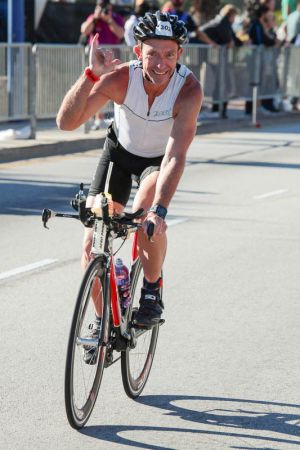
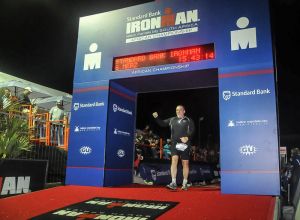

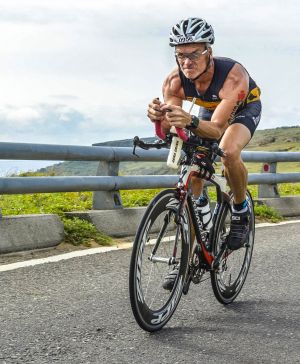
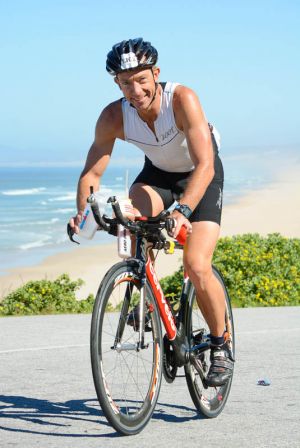
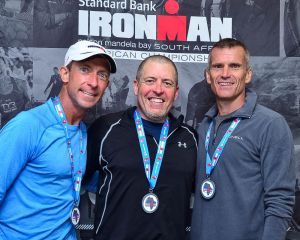
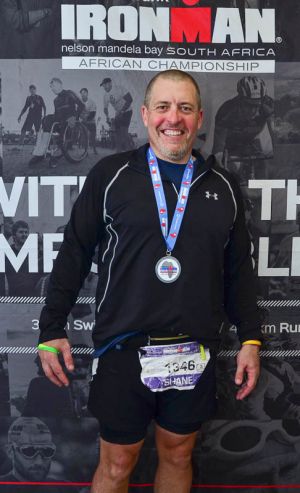
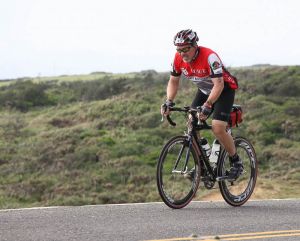
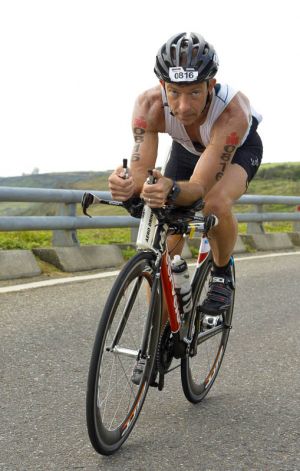
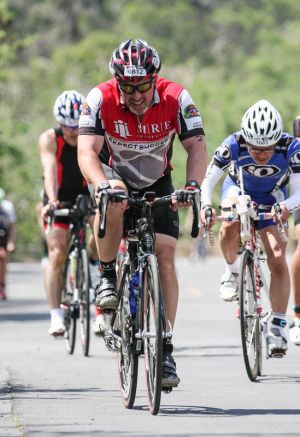
.jpg)
